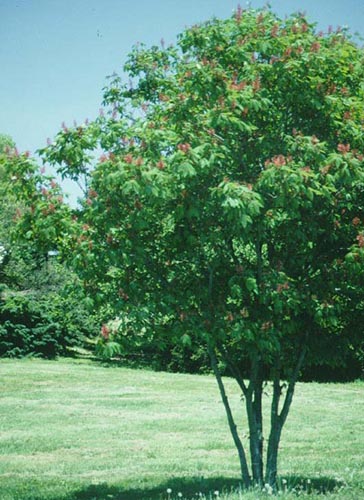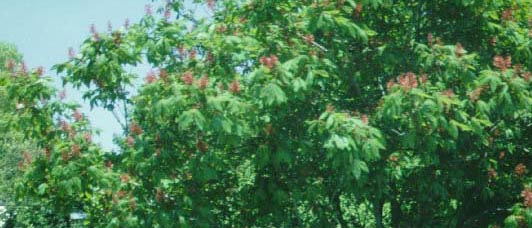Red Buckeye

Florida-Friendly Landscaping™ in a Minute
Episode Archive
Episode #288 | Original Air Date: April 7, 2021
Related Resources
Transcript
The red buckeye is a small native tree that makes a pleasing addition to the landscape, especially where there is limited room for larger trees.
The tree will usually reach only 15 to 20 feet tall. It’s most popular for its springtime display of beautiful red flower clusters that attract hummingbirds.
But the red buckeye’s coarse, open structure and light brown, flaky bark also add appealing interest to what can otherwise be a dull winter landscape.
Red buckeye will do best in full or partial sun. It can thrive in a number of different soil types, and should be irrigated during dry times.
For best establishment of your red buckeye, plant it in the winter or early spring.
Florida-Friendly Landscaping™ in a Minute is a production of the University of Florida’s Florida-Friendly Landscaping™ Program, IFAS Extension, and WUFT-FM in cooperation with the Florida Department of Environmental Protection.

